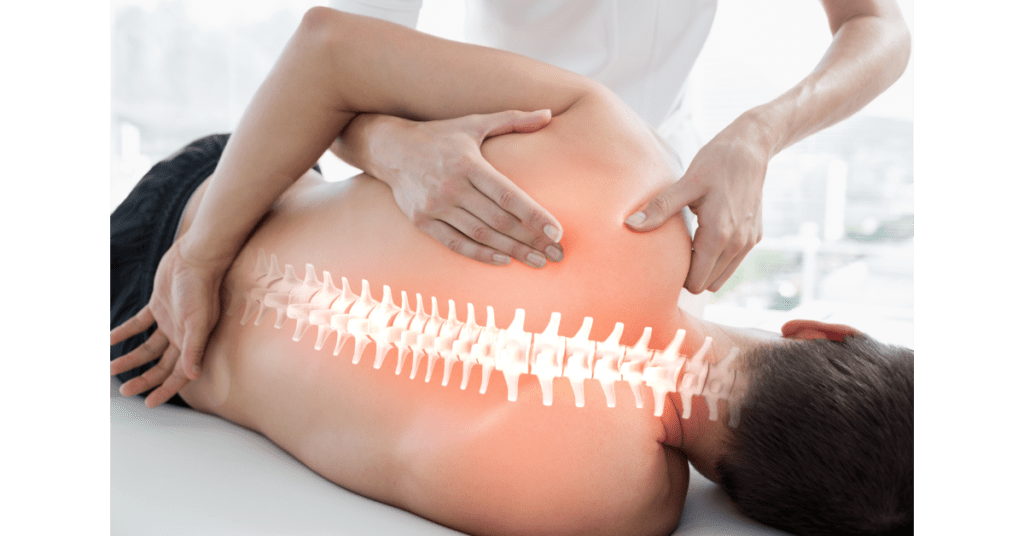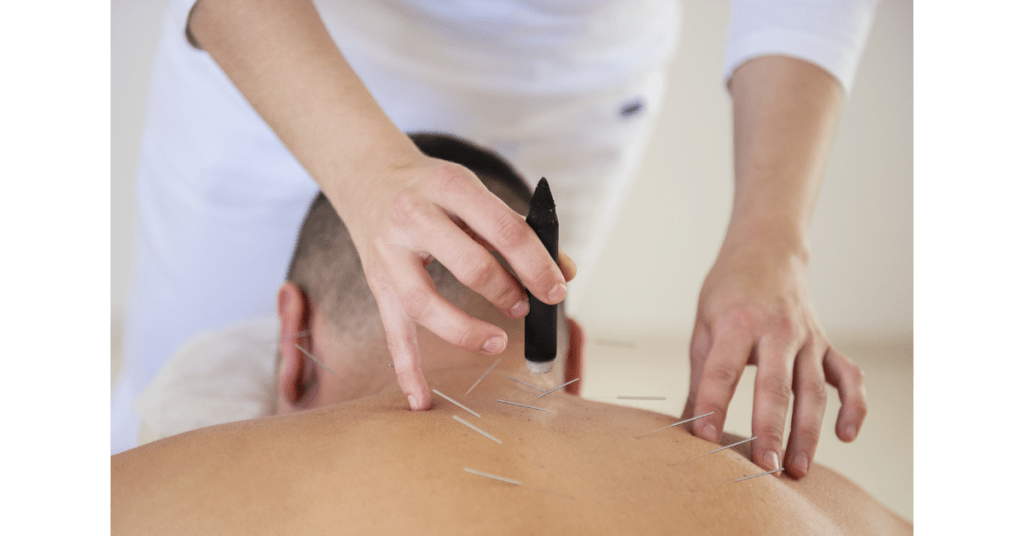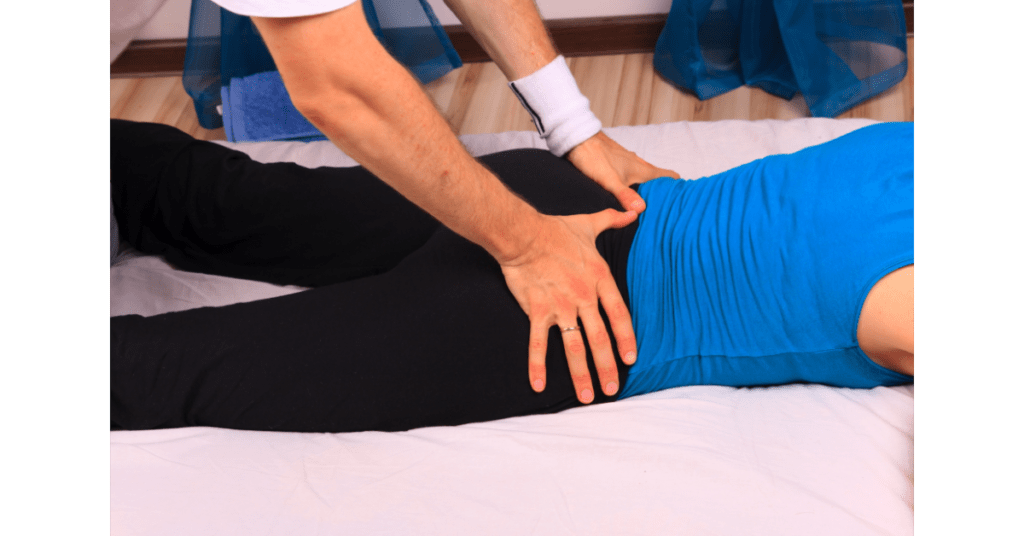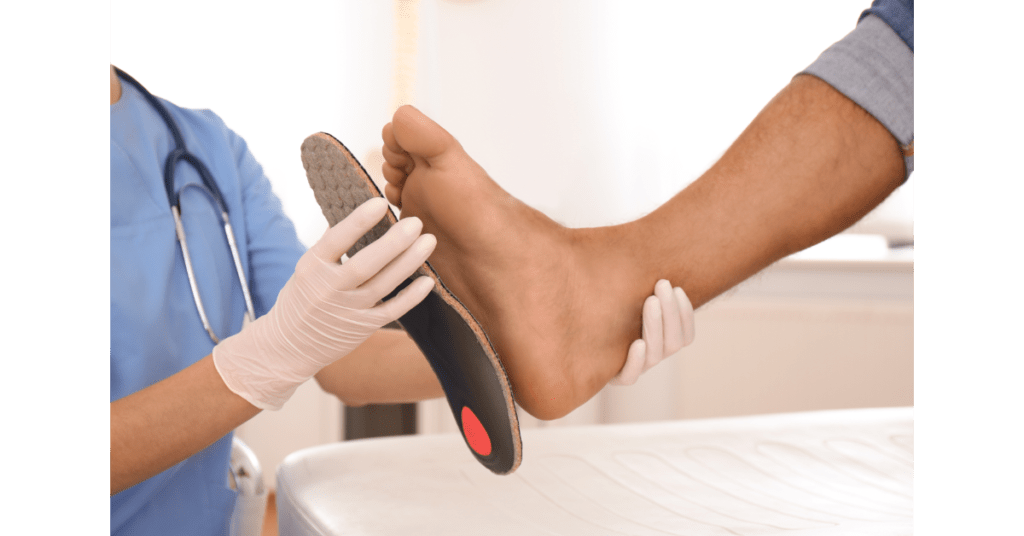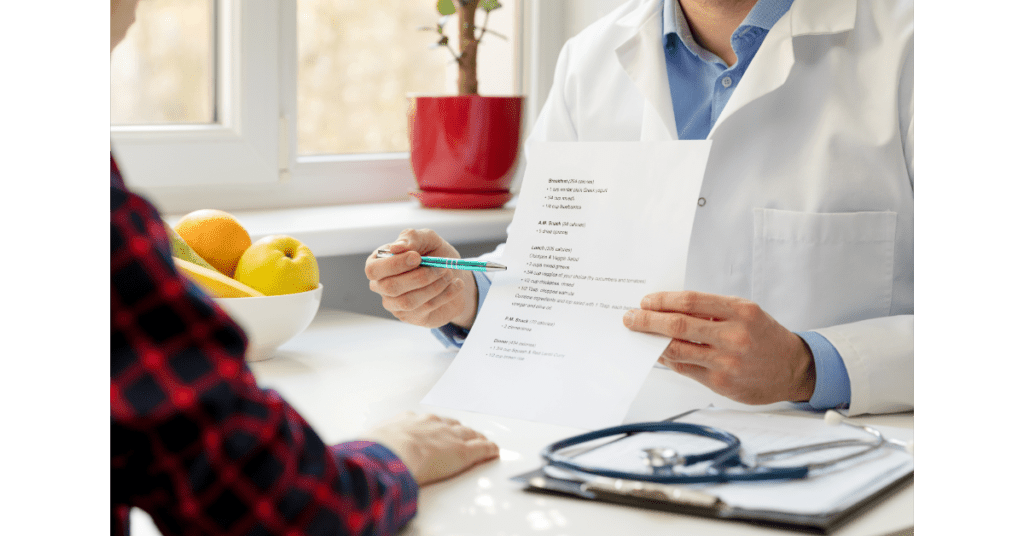What is Elbow Osteoarthritis?
The elbow is a hinge joint consisting of three bones, the humerus, the radius, and the ulna. The humerus is the lower end of the upper arm bone and the radius and ulna are both the upper ends of the forearm bones. All these three bones are covered with a smooth and rubbery coating called the cartilage. This cartilage acts as a shock absorber and enables smooth and painless movements of the elbow. When the cartilage around the bones of the elbow joint wears away and exposes the bone, it is called elbow osteoarthritis. With the progression of the condition, bone grinds on bone and painful bone spurs called osteophytes can grow in place of the cartilage.
What Causes Elbow Osteoarthritis?
Weight-bearing joints are usually more prone to developing arthritis. However, arthritis can affect the elbows too. Some risk factors are previous injuries to the elbow or a fractured elbow and repetitive, long-term strain on the elbow, whether recreational or occupational. Other causes include gender (women being more prone), increasing age (particularly after 65), family history of osteoarthritis, and gout. Elbow arthritis typically affects the elbow of the dominant arm or the injured arm, while rheumatoid arthritis, which is more common in the elbow, affects both elbows.
What are the Signs and Symptoms of Elbow Osteoarthritis?
Although there are several signs of elbow osteoarthritis, pain in the elbow joint is the most common one. Usually, the onset of pain happens over a period of time, but it can happen all of a sudden. A sticking feeling, stiffness, or locking that occurs, particularly in the morning or after periods of inactivity or crepitus,(a clicking, crunching, or snapping sound) while moving the elbow and decreased range of movement, while carrying out routine activities like reaching out for things or brushing one’s teeth are all signs of elbow osteoarthritis. Other symptoms include swelling, pain, and tenderness of the elbow joint due to which it becomes difficult to bend and straighten the elbow. In severe cases, the swelling on the ulnar nerve, or the funny bone nerve, can lead to numbness or tingling in the ring finger and small finger. If you have concerns about elbow osteoarthritis, consult a physiotherapist at 3630 Lawrence Ave E, Scarborough, ON M1G 1P6 right away.
How is Elbow Osteoarthritis Treated?
Treatments comprise medications, physiotherapy, and surgery. Most medications have serious side effects, and surgery is considered only as a last resort. Medications include painkillers like Acetaminophen and Ibuprofen besides topical medications like gels, creams, sprays, and patches. Non-steroidal drugs (NSAIDs) have serious side effects while corticosteroid injections cannot be administered for long periods of time. If other less invasive treatments do not help, surgery may become necessary, in which case physiotherapy becomes important for rehabilitation.
Physiotherapy is a non-surgical, drug-free treatment that helps reduce pain. The purpose of physiotherapy is to prevent further progression of the disease, reduce pain, and help regain strength. It also helps improve joint function, mobility, and quality of life. Physiotherapy depends on the individual requirements and includes a wide range of exercises like stretching, strengthening, and range of movement exercises, functional retraining, and activity modification. It can include bracing, sleeves, or compression bandages, patient education that includes relaxation and coping strategies. Interferential current therapy (IFC) or TENS therapy, Therapeutic ultrasound, Acupuncture, Heat and cold therapy, and Occupational therapy are some of the other pain-relieving therapies.
Are you looking for the treatment of elbow osteoarthritis? Contact a physiotherapist near you today.
Can Elbow Osteoarthritis Go Away On Its Own?
No, elbow osteoarthritis cannot go away on its own. However, it can be managed or delayed with proper treatment. In order to manage day-to-day life effectively, one can minimize activities that put pressure on the elbow joint or wear an elbow brace or sleeve to reduce the strain on the elbow joint. For example, activities like shoveling or hammering can put a lot of stress on the joint. One can also apply heat and cold therapy.
Can You Prevent Elbow Osteoarthritis?
Yes. You can prevent elbow osteoarthritis by maintaining a healthy weight and following a daily routine. To prevent or to reduce the chance of developing elbow osteoarthritis, one needs to exercise regularly, particularly stretching exercises like tai chi or yoga for at least 30 minutes per day, follow a diet that is non-inflammatory and avoid refined and processed foods and sugar.

